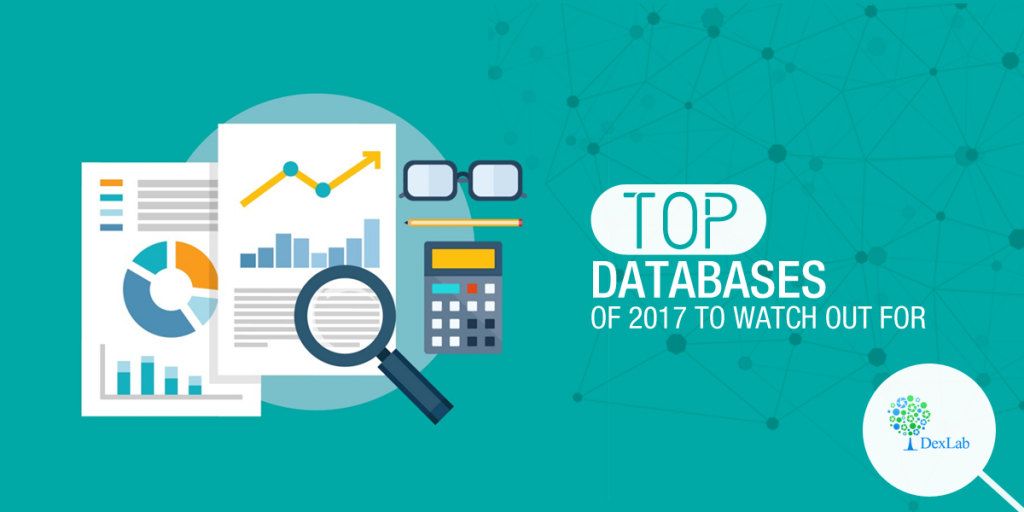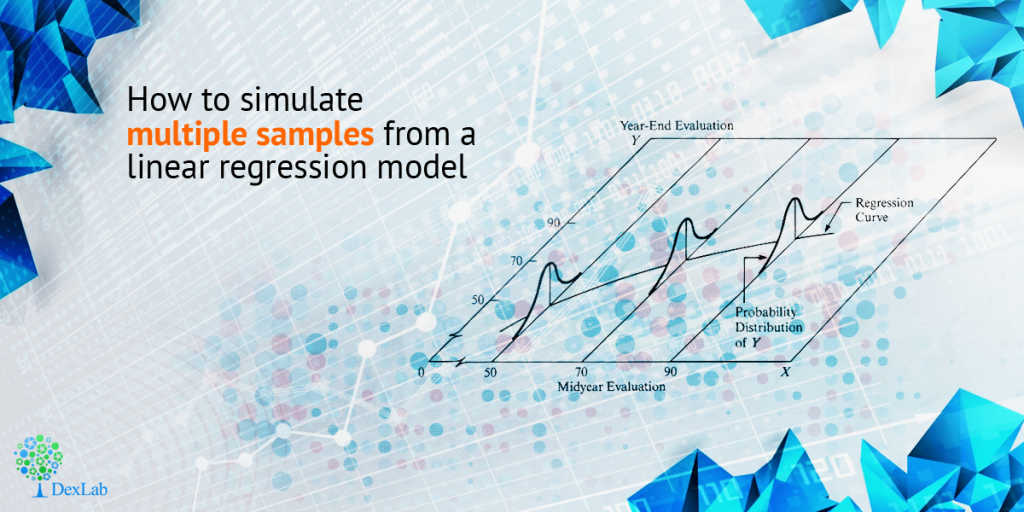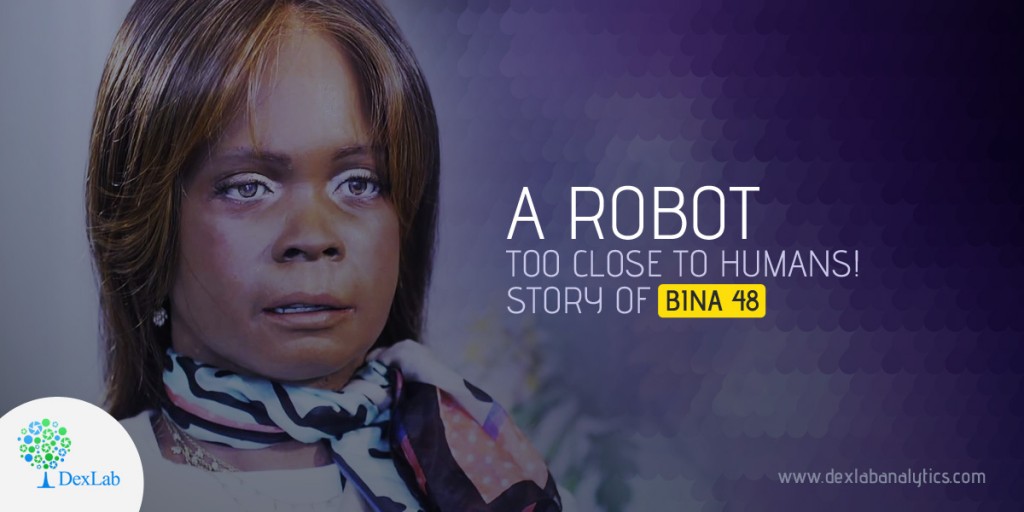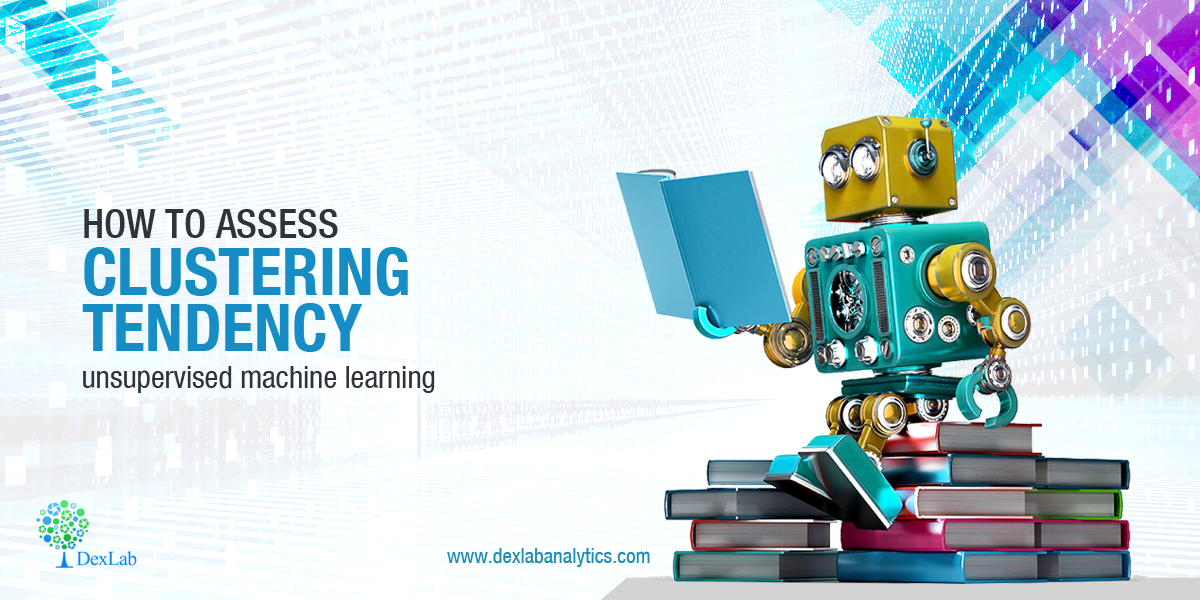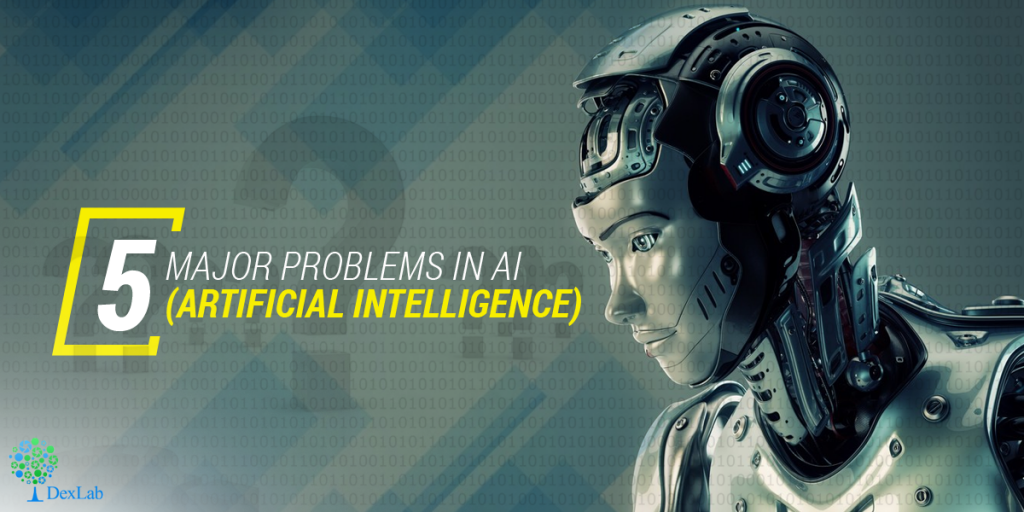
Before we get started with the topic, let us first get an idea about its background. Have you ever given a thought as to how many cats does it take to identify one cat?
In this article we will cover the five types of problems that people face with Artificial Intelligence (AI) i.e. we will address the all important question of – in which situation must one make use of AI (artificial intelligence)?
To have a better understanding of such concepts you can take up a Machine Learning course in Delhi.
Here is some background:
Just some time ago, we conducted a strategy workshop for a bunch of senior executives who are running a large multinational company. In that workshop, someone asked this question – “How many cats will it need to identify a cat?”
In this post, we will discuss the problems which can be uniquely resolved through Artificial Intelligence. While this may not be the exact taxonomy, but it still is pretty comprehensive. The main reason we have added extra emphasis on Enterprise AI issues, because we believe that this subject will have a deep impact on many mainstream applications, but despite that a lot of media attention focuses at the more esoteric avenues. Further, information about these concepts are available in our Machine Learning training course.
But before we delve into AI application types, we must discuss the main distinguishing characters between AI / Deep Learning / Machine Learning.
The term Artificial Intelligence by definition implies that machines can reason with the help of this feature. However, here is a better more complete list of AI characteristics:
- AI is capable of reasoning: they can solve complex problems through logical deductions on their own
- AI has knowledge: the capability to represent knowledge about the world or our understanding of it, that there are numerous events, entities, and varied situations that occur in the world and such elements have properties, which can be categorised.
- AI can plan: they have the ability to set and achieve targets. A specific state of the planet, which we desire along with a sequence of actions that can be undertaken which will help us, progress towards it.
- AI can communicate: they have the capability to comprehend well-written and spoken language.
- AI has its own perception: they have the ability to deduce things about their surrounding world through the visual images, sounds and other external sensory inputs just like us humans!
With developments in Deep Learning algorithms, AI is driven forward. The various deep learning algorithms can detect numerous patterns without having any prior definition of these features. And in a broader sense, Machine Learning means the application of any algorithm which can be applied against a set of data to discover a pattern within the same. Such algorithms have features like supervised, unsupervised, classification, segmentation, or regression. Moreover, while they are very popular, there are many reasons why Deep Learning algorithms may not make other Machine Learning algorithms.

The 5 major types of problems with AI:
Now that we have some background knowledge, we can now discuss the five major types of problems with AI:
Domain expertise: troubles involving reasoning based on a complex body of knowledge
This consists of tasks that are based on learning several knowledge bodies like financial, legal, and more, and then formulating a process where the machine will be able to simulate as an expert in the given field.
Domain extension: problems surrounding extension of a complex body of knowledge
In this case, the machine learns a complex body of knowledge like information regarding the existing medication and much more, and then suggests new ideas to the domain itself, like for instance new drugs for curing diseases.
Complex planning: projects that require complicated planning
There are many logistics and scheduling projects, which can be done by current (non AI) algorithms. But as optimization keeps developing and gets more complex AI would slowly grow.
Proficient communicator: tasks that involve developing existing communications
AI and deep learning can offer benefits to many communication modes such as intelligent agents, automatic and much more.
Fresh perception: projects that involve a unique perception
Deep learning and AI can be capable of producing newer forms of perception which enables new services like autonomous automotives and more.
Take up a Machine Learning Certification in order to make a change with AI.
Interested in a career in Data Analyst?
To learn more about Data Analyst with Advanced excel course – Enrol Now.
To learn more about Data Analyst with R Course – Enrol Now.
To learn more about Big Data Course – Enrol Now.
To learn more about Machine Learning Using Python and Spark – Enrol Now.
To learn more about Data Analyst with SAS Course – Enrol Now.
To learn more about Data Analyst with Apache Spark Course – Enrol Now.
To learn more about Data Analyst with Market Risk Analytics and Modelling Course – Enrol Now.
